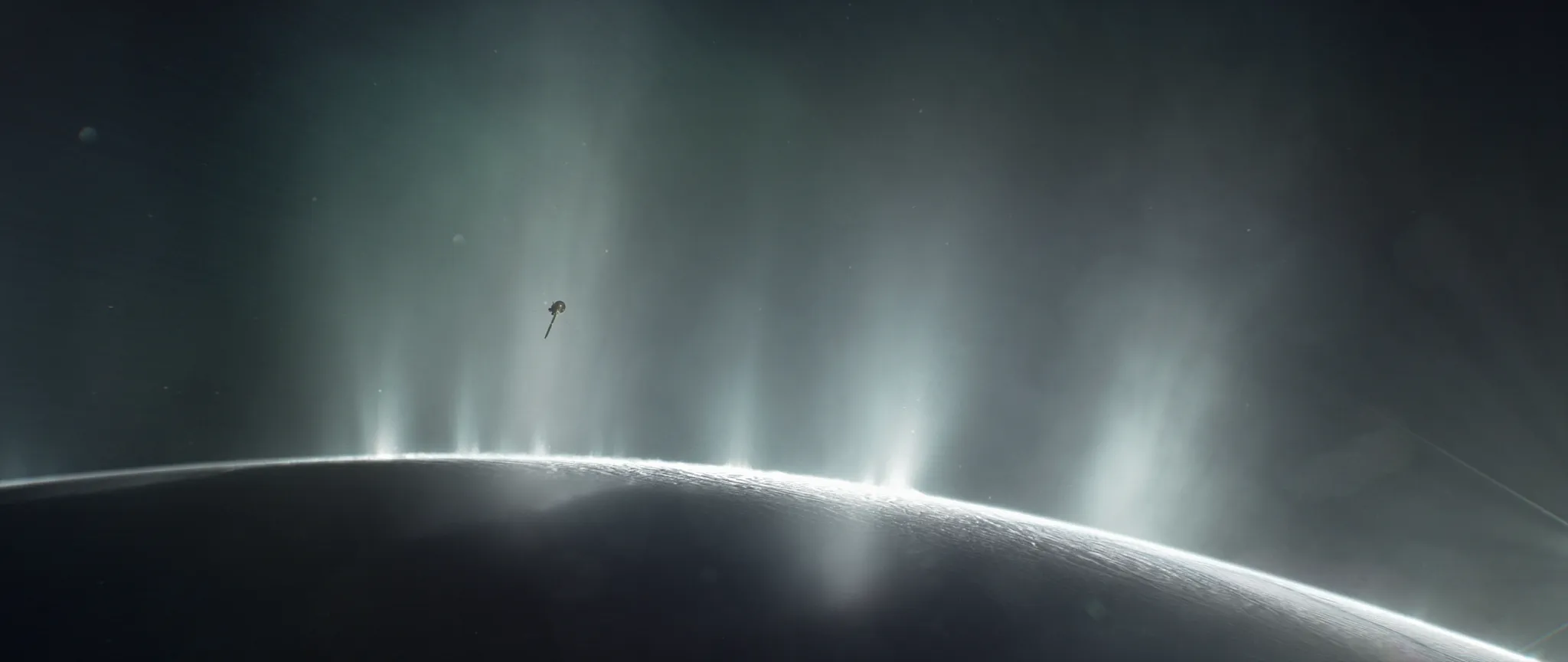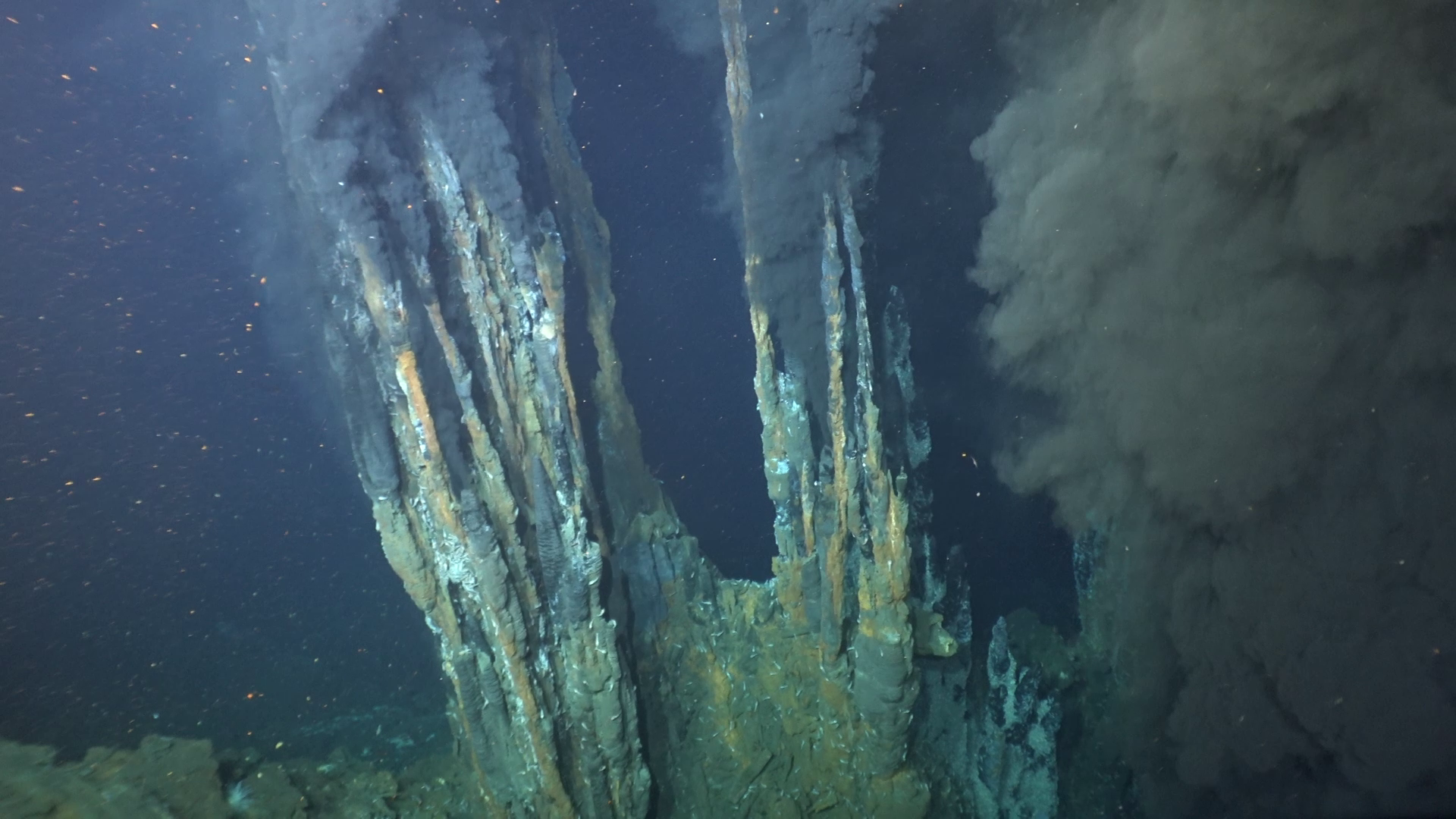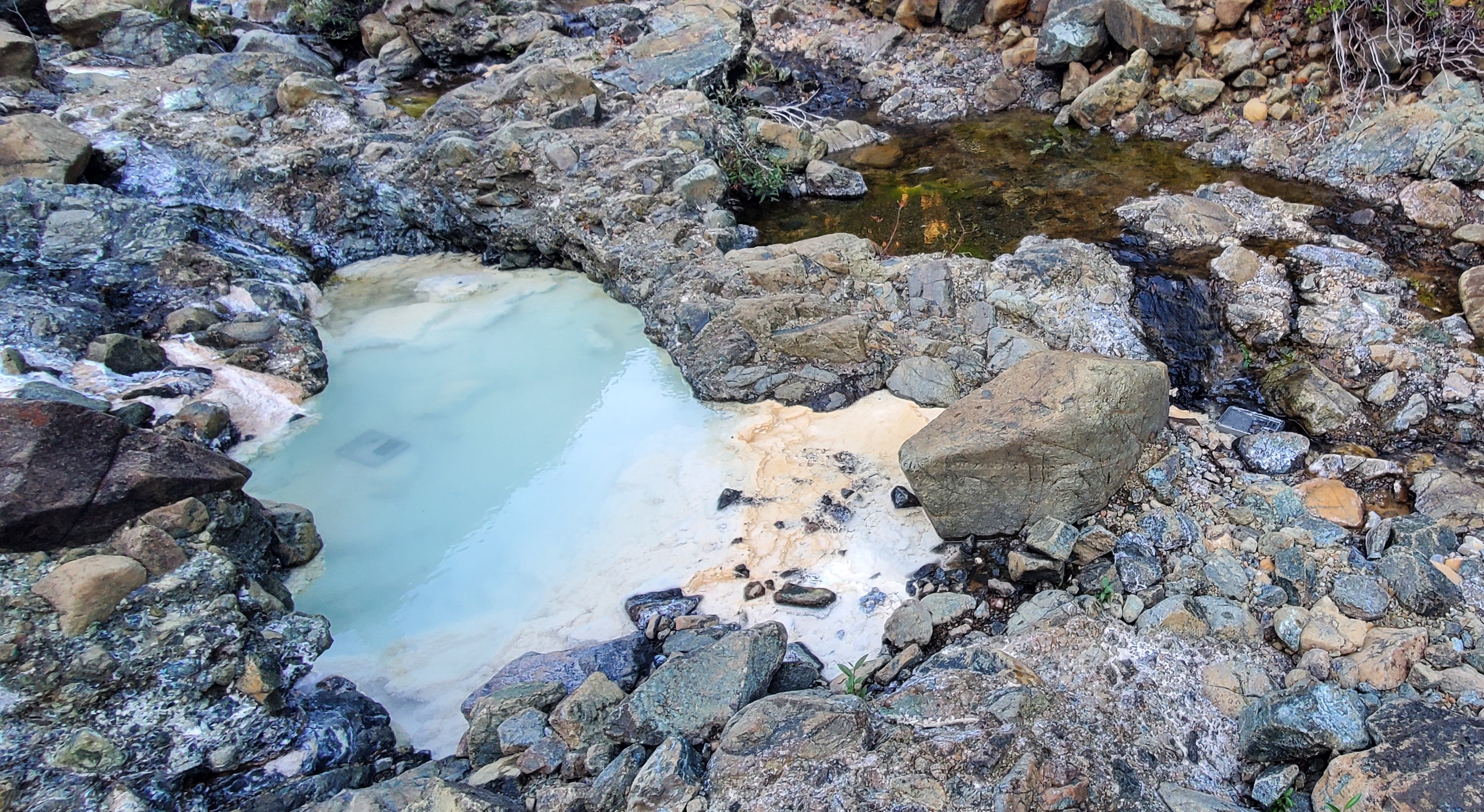Current Research
I am fascinated by extremophiles and their ability to survive in some of the harshest conditions on Earth. The goal of my current research is to use microscopy and molecular biology techniques to probe these exotic microorganisms in order to understand their activity and involvement in biogeochemical cycling within their environmental context. I hope to derive fundamental rules governing microbial metabolisms and habitability to reveal the potential for life elsewhere in our solar system and utility for industrial applications.


